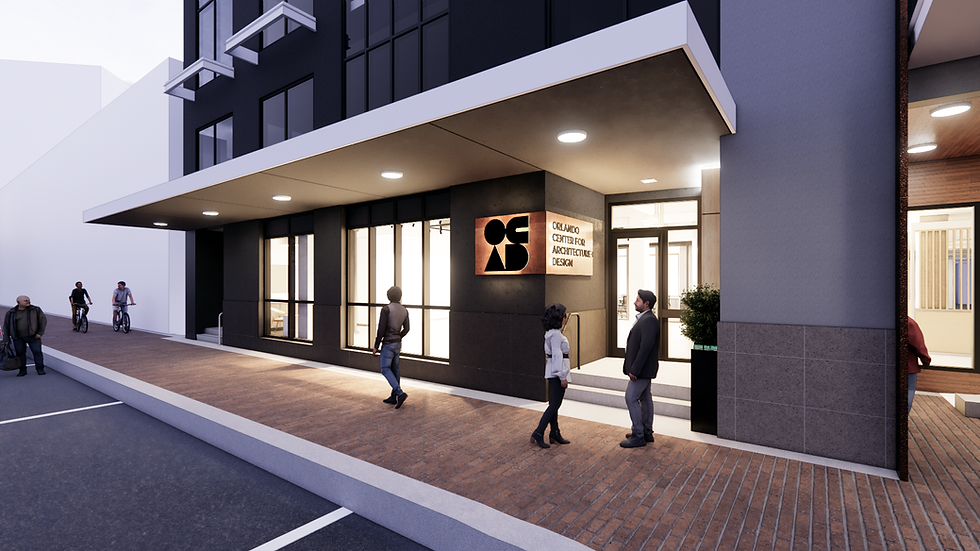A JAMES GAMBLE ROGERS II CONNECTION
- John Dalles

- Jan 12, 2024
- 2 min read
Updated: Jan 24, 2024

Photo by John Dalles
David Burns Hyer was born in Charleston, SC, on March 21, 1875 to parents James S. and Ella Payne Hyer. His early education was in the Charleston schools, and while still a boy he began working in the office of S. Louis Simons. When Simons merged with a partner to create Simsons-Mayrant Company in 1892, Hyer remained in their employ, until he founded his own architectural practiced.
In his professional life, Hyer maintained offices in Charleston SC except in the 1920’s when his office was in Orlando FL. Many fine examples of his work in South Carolina remain to this day.
In Central Florida, he worked with architect John Arthur Rogers, father of James Gamble Rogers II, before establishing his own practice in Orlando. Hyer’s masterpiece is the ideally situated Grace Phillips Johnson mansion “O-Po-Le-O” (“House Between the Waters”) on the isthmus between Lake Concord and Lake Adair. A grand Mediterranean Revival estate, it is visible from I-4 across Lake Concord, and is locally known as “The Swan Boat House”. The house continues in private hands and is exceedingly well maintained. Hyer’s commercial work in Florida incudes the Pounds Motor Company Building (1926) in Winter Garden, a Prairie-meets-Mediterranean brick building that has been carefully preserved by its owners since the 1980s, Burkett Engineering. Other works by Hyer in Florida are continuing to be identified. When he returned to Charleston permanently, he left James Gamble Rogers II in charge of his Florida work that had not yet been completed.
In 1904, Hyer married Susan Yeadon Mazyck. They were the parents of four children: David B. Jr., Yeadon M., Robert P., and Helen.
Throughout his life Hyer was accorded the nickname “Neighbor” because invariably he greeted others in that friendly way. He was said to have been of a most congenial disposition, which surely served him well in the pursuit of his profession. He had many repeat clients, and they were glad to wait however long it might take him to prepare his designs, even if at a more leisurely pace than other architects. Hyer was an avid golfer and was constantly trying to improve his game.
Late in life Hyer had one leg amputated. He was awaiting an adjusted leg prosthesis when, after a brief illness, he died in Charleston on December 11, 1942 at the age of 67. He is buried alongside his wife in the old historic Magnolia Cemetery in Charleston.



